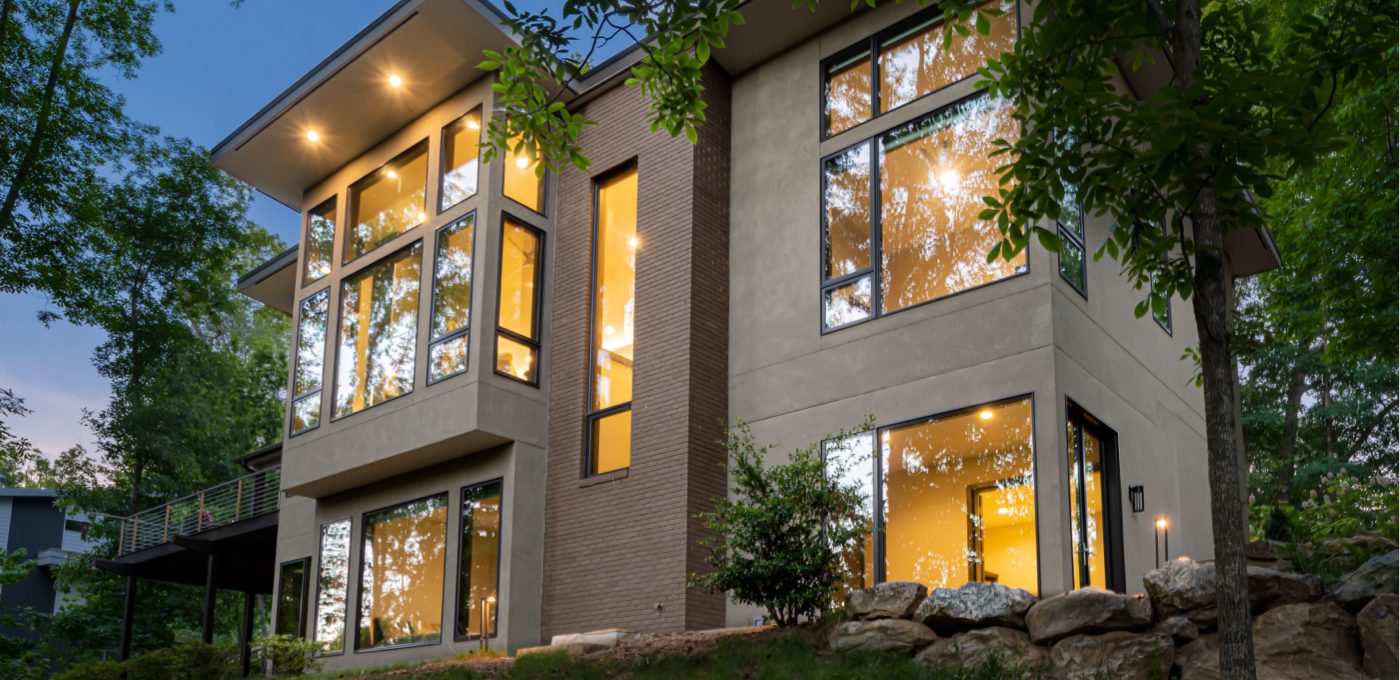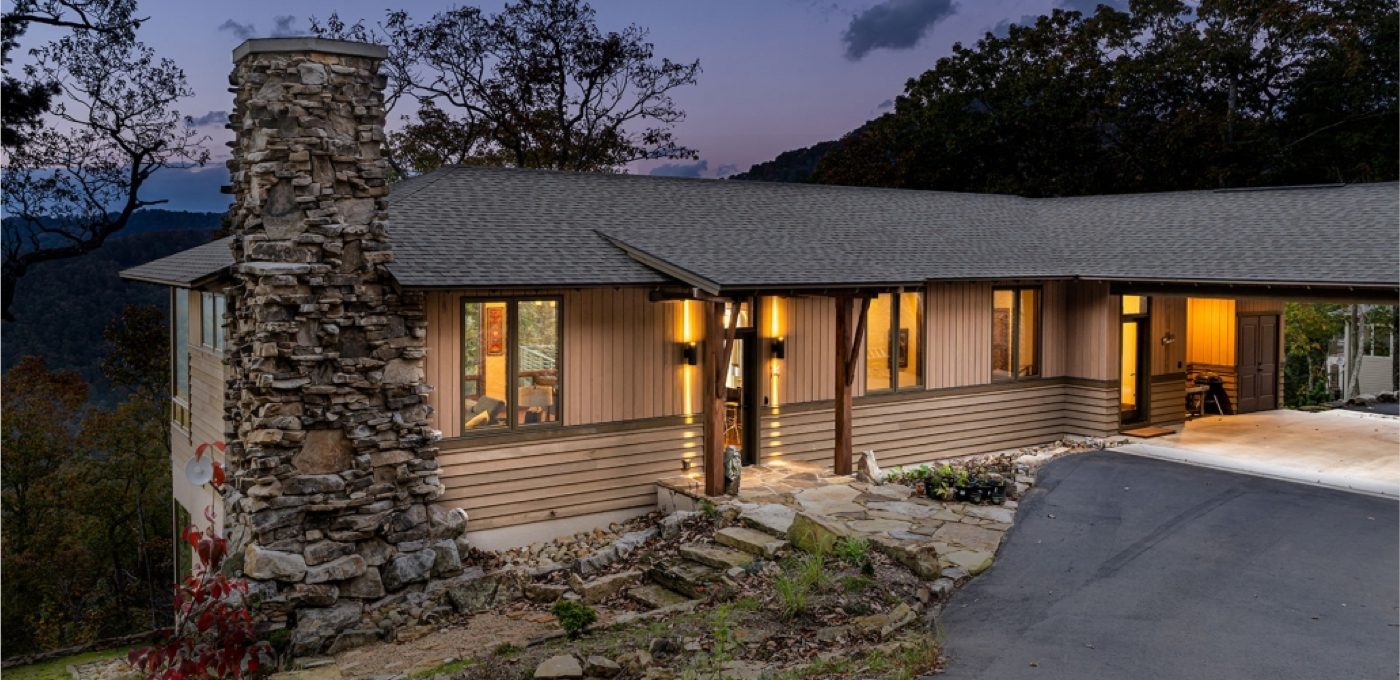Ecology of the Built Environment
Building homes with ecology in mind means giving our planet a warm, eco-friendly hug!…
It’s about creating comfortable spaces using sustainable materials and energy-efficient tech. Let’s be good stewards of the environment, leaving a greener world for future generations. Together, we’ll build a harmonious and sustainable abode that brings joy to our hearts and the planet!





